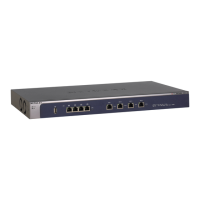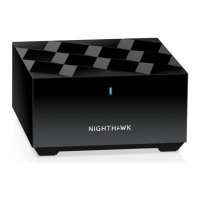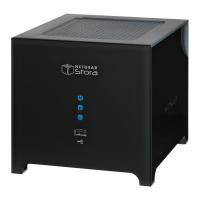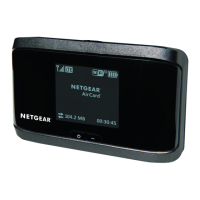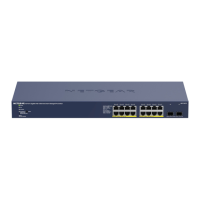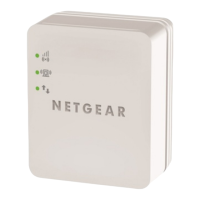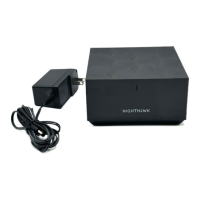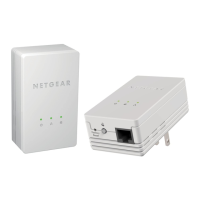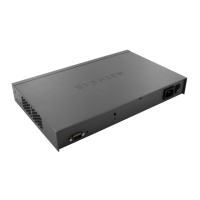Virtual Private Networking Using IPSec Connections
271
ProSecure Unified Threat Management (UTM) Appliance
Each policy contains the data that are explained in the following table. These fields are
explained in more detail in Table 66 on page 273.
To delete one or more VPN polices:
1. Select the check box to the left of each policy that you want to delete, or click the Select
All table button to select all VPN policies.
2. Click the Delete table button.
To enable or disable one or more VPN policies:
1. Select the check box to the left of each policy that you want to enable or disable, or click
the Select All table button to select all VPN policies.
2. Click the Enable or Disable table button.
For information about how to add or edit a VPN policy, see Manually Add or Edit a VPN
Policy on this page.
Note: You can delete or edit an IKE policy for which the VPN policy is
active without first disabling or deleting the VPN policy. In earlier
firmware releases of the UTM you first had to disable or delete the
VPN policy, but this restriction has been removed.
Table 65. List of VPN Policies table information
Setting Description
! (Status) Indicates whether the policy is enabled (green circle) or disabled (gray circle). To enable
or disable a policy, select the check box adjacent to the circle, and click the Enable or
Disable table button, as appropriate.
Name The name that identifies the VPN policy. When you use the VPN Wizard to create a VPN
policy, the name of the VPN policy (and of the automatically created accompanying IKE
policy) is the connection name.
Type Auto or Manual as described previously (Auto is used during VPN Wizard configuration).
Local IP address (either a single address, range of address, or subnet address) on your LAN.
Traffic needs to be from (or to) these addresses to be covered by this policy. (The subnet
address is supplied as the default IP address when you are using the VPN Wizard.)
Remote IP address or address range of the remote network. Traffic needs to be to (or from) these
addresses to be covered by this policy. (The VPN Wizard default requires the remote
LAN IP address and subnet mask.)
Auth The authentication algorithm that is used for the VPN tunnel. This setting needs to match
the setting on the remote endpoint.
Encr The encryption algorithm that is used for the VPN tunnel. This setting needs to match the
setting on the remote endpoint.
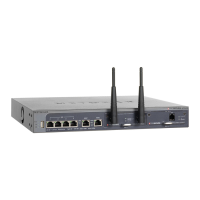
